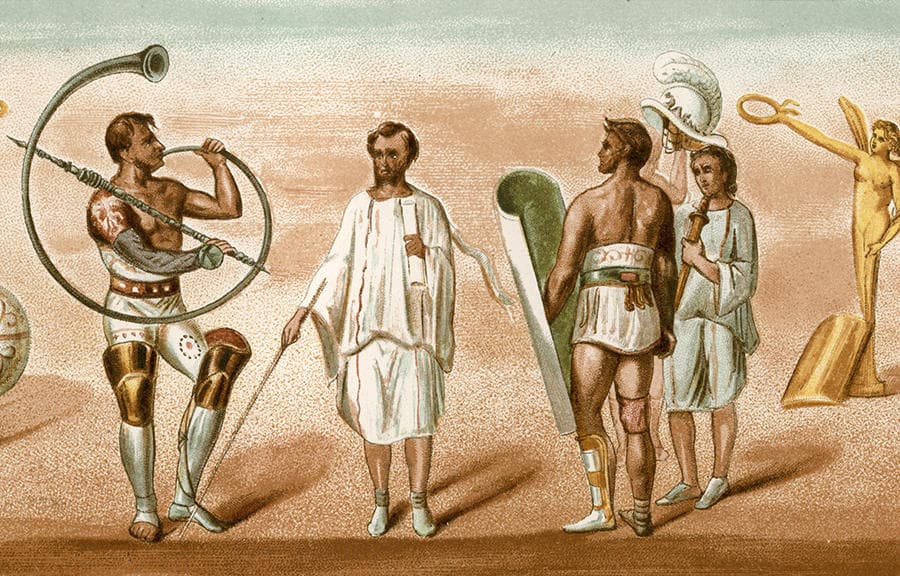Anthems, as powerful and symbolic musical compositions, have a long history that spans many centuries and cultures. Their purpose has always been to express collective feelings, patriotism, unity, and respect for significant events or individuals. In this article, we will explore the development of the anthem tradition, its connection with society, and its role in culture. It is also worth noting that anthems have become an integral part of various forms of modern online entertainment, such as in areas like online casinos, where unique sound compositions are created to immerse players in the atmosphere and traditions.
Ancient Roots of Anthems
The roots of anthems go back to ancient times, when they were part of religious and cultural rituals. One of the earliest examples of an anthem can be found in the Greek “hymns” that were performed in honor of the gods. These works were not only musical but also poetic, combining elements of singing and speech. Greek hymns were often used during religious festivals or important ceremonies, such as the Olympic Games. These songs reflected not only respect for the gods but also for the most important events taking place in the life of society.
The ancient Romans also used anthems, which were performed in honor of emperors, great victories, and state holidays. The musical accompaniment of these works was majestic, and the anthems themselves served as an important tool for political propaganda, strengthening the rulers’ power. These anthems served not only spiritual but also social purposes, uniting people in a collective perception of significant historical moments.
The Middle Ages and the Renaissance
In the Middle Ages, anthems gained significant importance in Christian liturgy. For many centuries, they were used in churches to glorify God and spiritual leaders. The Catholic Church played a key role in spreading anthems, and many of them became an important part of church rituals, such as masses and pilgrimages. During this period, anthems often became part of collective prayer, with their performance uniting the faithful in their striving for the divine.
With the arrival of the Renaissance, music and anthems underwent a period of significant changes. The desire for harmony and perfection became evident in music as well. Anthems began to develop into more complex musical forms, and not only in church circles but also in secular music, anthems became a symbol of grandeur and dignity. An example of this is the works written for magnificent royal courts, where anthems accompanied significant events such as coronations, weddings, and celebrations.
The Formation of National Anthems
Moving into the Modern Age, it is important to note that with the development of nation-states, anthems began to acquire a distinct political character. By the 18th and 19th centuries, the first national anthems began to emerge, representing the independence and patriotism of various nations. Such works became important tools that strengthened national unity and were meant to serve as symbols of power and independence.
National anthems became symbols of resistance in many cases, reflecting the struggle for the rights and freedoms of peoples. For example, the French anthem “La Marseillaise,” which became a symbol of the French Revolution, and the United States’ anthem, created from the poem “The Star-Spangled Banner,” which reflected the spirit of the fight for independence. These anthems reflected not only musical but also political and historical features of their time, strengthening the national identity in the minds of the people.
The Anthem in Modern Society
Today, the anthem retains its significance as a national symbol, but its role has changed significantly. In modern times, anthems are not only played at official events but have also become an important part of culture, expressing the ideals of a nation. One such example is the anthem of Hungary, which is filled with historical and patriotic meaning, connecting generations of Hungarians.
Modern anthems are also used on the international stage, for example, during sporting events, where they become symbols of national pride and unity. This is especially relevant for global events like the Olympic Games, where the anthems of winning countries are played, creating an atmosphere of national identity and competition.
Furthermore, anthems, as cultural works, continue to play an important role in the entertainment industry today. They are often featured in films, games, and online entertainment, such as online casinos, where sounds reminiscent of anthems can be heard, emphasizing the importance of certain moments and creating the desired atmosphere for players. For example, some online casinos on websites like kaszinomagyar.net may feature special soundtracks or themes that evoke grandeur and solemnity, adding a certain element of symbolism to these virtual entertainment experiences.
Conclusion
Despite changes in musical culture and political life, anthems remain important symbols that unite people, reflect the spirit of the times, and serve as powerful instruments for conveying historical and cultural values. From antiquity to the present day, anthems play an important role in society, whether through music, poetry, or simply as an element of national identity. Today, in the digital age and in the realm of online entertainment, anthems continue to find their place, whether at official events or in new forms of mass entertainment industries, such as online casinos. Regardless of the time and form, the anthem remains an important symbol of what unites a nation, society, or even a group of people.



